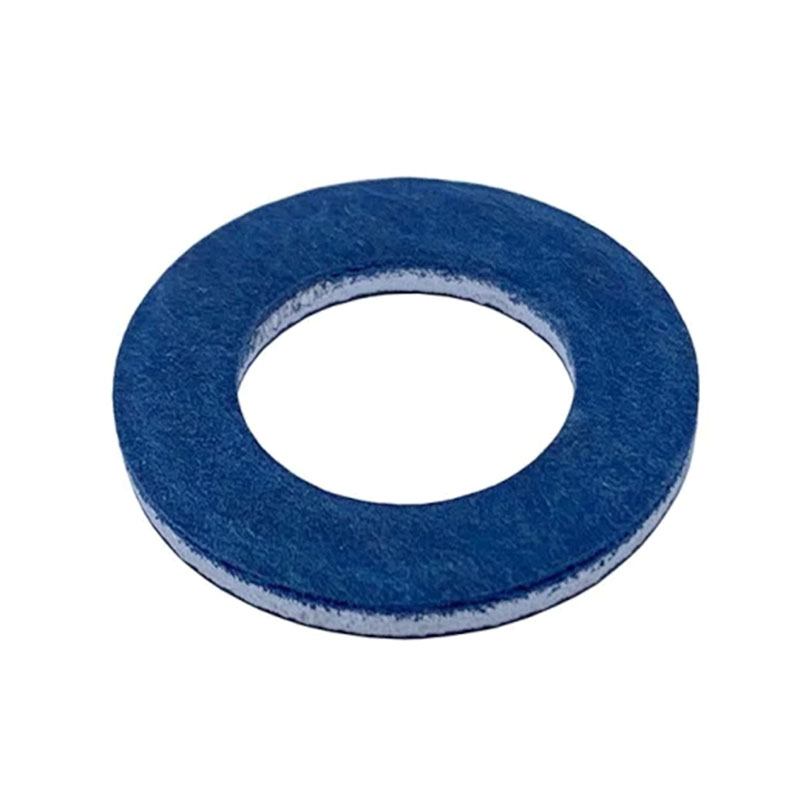LT1 Oil Pan Gasket Replacement Tips and Best Practices for Optimal Performance
Understanding LT1 Oil Pan Gasket Importance, Signs of Wear, and Replacement
The LT1 engine, widely utilized in vehicles like the Chevrolet Corvette and Camaro, is notable for its performance and efficiency. Central to maintaining this performance is the oil pan gasket, a crucial component responsible for sealing the oil pan to the engine block. This article explores the importance of the LT1 oil pan gasket, how to identify signs of wear, and the process for replacement.
Importance of the Oil Pan Gasket
The oil pan gasket serves several essential functions in an LT1 engine. Primarily, it prevents engine oil from leaking out of the oil pan, a critical area that holds the oil necessary for lubrication. Proper lubrication is vital for reducing friction among moving parts, thereby preventing overheating and excessive wear. Furthermore, a tight seal helps maintain oil pressure, which is critical for optimal engine operation.
Leakage due to a faulty oil pan gasket can result in several issues ranging from reduced oil levels to catastrophic engine damage. Maintaining the integrity of the gasket is thus paramount for the longevity and performance of the LT1 engine.
Signs of a Worn Oil Pan Gasket
Recognizing the symptoms of a worn or failing oil pan gasket can save car owners from costly repairs and extensive engine damage. Here are some common signs to keep an eye out for
1. Oil Leaks The most apparent sign of a failing oil pan gasket is an oil leak. If you notice oil pooling beneath your car, it could indicate a problem with the gasket. Oil is typically a dark brown or black color, so look for dark stains on pavement.
2. Low Oil Levels Regularly checking your oil levels is crucial. If you're frequently adding oil between changes, it may be due to a leak from the oil pan gasket.
3. Engine Smell Burning oil can produce a distinct smell. If you detect a burning odor while driving, it may mean that oil is leaking and dripping onto the exhaust manifold or other hot engine components, leading to smoke and a burning smell.
4. Engine Noise Insufficient lubrication due to low oil levels can cause engine components to make unusual noises. A ticking or tapping sound may indicate that the engine isn't receiving adequate oil.
5. Increased Oil Consumption If your vehicle exhibits unusual oil consumption, something could be amiss. This could also stem from a failing oil pan gasket that allows oil to escape unnoticed.
lt1 oil pan gasket

Replacement Process
If you determine that your LT1 oil pan gasket needs to be replaced, it's crucial to follow a systematic process to ensure successful installation. Here’s a brief overview of how to replace the gasket
2. Lift the Vehicle Safely lift the vehicle using jack stands to access the oil pan.
3. Drain the Oil Remove the drain plug and let the engine oil completely drain. This step is essential to prevent a mess when removing the oil pan.
4. Remove the Oil Pan Unbolt the oil pan from the engine block, taking care to note the bolt pattern and locations. Gently pry the oil pan away if it’s stuck.
5. Clean the Surfaces Thoroughly clean the engine block and the oil pan surfaces using a gasket scraper to ensure a good seal for the new gasket.
6. Install the New Gasket Place the new oil pan gasket onto the oil pan or engine block. Follow the manufacturer’s recommendations for alignment.
7. Reattach the Oil Pan Position the oil pan back onto the engine block and hand-tighten the bolts. Use a torque wrench to tighten the bolts to the specified torque.
8. Replenish Oil and Check for Leaks After the oil pan is reattached, refill the engine with the appropriate oil. Start the engine and check for leaks around the oil pan gasket.
Conclusion
The LT1 oil pan gasket plays a vital role in the performance and reliability of your engine. Recognizing the early signs of wear and knowing how to replace it can save you from costly repairs and extensive damage. Regular maintenance and vigilance for oil leaks can ensure your LT1 engine runs smoothly for years to come. Always consult your vehicle's manual or a professional mechanic if you're uncertain about any aspect of the replacement process.
-
The Ultimate Guide to Car Repair Kits: Tools and Essentials Every Driver Should Own
News Aug.01,2025
-
The Complete Guide to Oil Pan Gaskets: Sealing Engine Leaks the Right Way
News Aug.01,2025
-
Preventing Oil Leaks: A Complete Guide to Oil Pan Gaskets and Drain Seals
News Aug.01,2025
-
Everything You Need to Know About Oil Pan Gaskets and Drain Plug Seals
News Aug.01,2025
-
Essential for Car Owners: How to Use a Car Repair Kit to Deal with Minor Breakdown
News Aug.01,2025
-
Comprehensive Guide to Engine Oil Sump Gaskets and Related Seals
News Aug.01,2025
-
The Ultimate Guide to Boat Propeller Bearings and Trailer Wheel Bearings
News Jul.31,2025
Products categories















